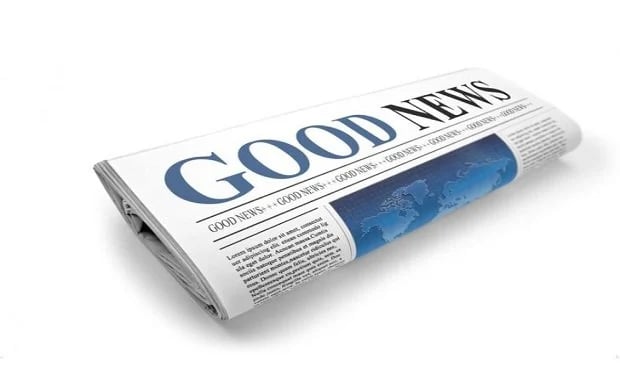Defining whether a water loss is from a single intrusion event or is from chronic moisture is a key element in a building investigation. EFI Global frequently uses wood decay testing to assist insurance assessment investigations in residential and commercial structures. Wood decay information can scientifically define relative times during which water exposure occurred. This allows the investigator and claims adjuster to understand whether a water loss occurred from a recent single event or is a result of a chronic water intrusion.
Evidence for dating a water intrusion event can include observations such as rust on metal (nails), the presence of fungal reproductive structures, the lack of moisture on the substrate, mold on mold growth, mold caused by condensation on the underside of sheathing of an un-insulated roof in the cold season, and condensation related mold on air conditioning ducts in humid locations in the cooling season. Although they may be useful clues in determining water intrusion, these observations are less conclusive than wood decay evaluation.
Microscopic Analysis
Recommended For You
Want to continue reading?
Become a Free PropertyCasualty360 Digital Reader
Your access to unlimited PropertyCasualty360 content isn’t changing.
Once you are an ALM digital member, you’ll receive:
- Breaking insurance news and analysis, on-site and via our newsletters and custom alerts
- Weekly Insurance Speak podcast featuring exclusive interviews with industry leaders
- Educational webcasts, white papers, and ebooks from industry thought leaders
- Critical converage of the employee benefits and financial advisory markets on our other ALM sites, BenefitsPRO and ThinkAdvisor
Already have an account? Sign In Now
© 2025 ALM Global, LLC, All Rights Reserved. Request academic re-use from www.copyright.com. All other uses, submit a request to [email protected]. For more information visit Asset & Logo Licensing.





